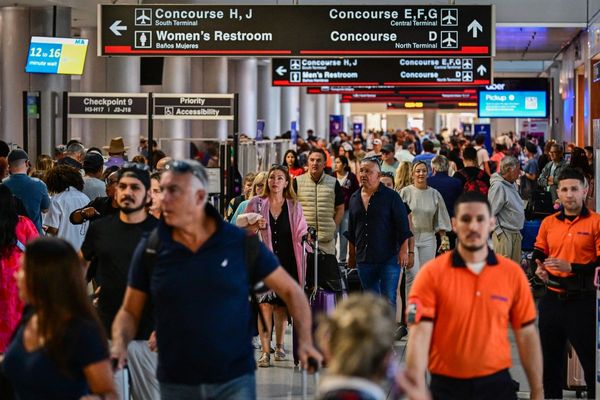
MINAMI, Tokushima -- In 1361, the 16th year of the Shohei era during the unstable Nambokucho (South and North Courts) period that stretched from 1336-1392, a massive earthquake and tsunami hit western Japan.
The Taiheiki historical chronicle describes the disaster as follows: "Mountains collapse and valleys are buried. The coastline recedes and the beach expands. Shrines and temples fall. People, horses and cows are killed and hurt in tens of millions."
Among the many locations affected, an inlet called Yuki no Minato (port of Yuki) was said to be hit by a huge tsunami, with 1,700 houses in the community swept away.

Yuki no Minato is believed to be the current district of Yuki (written with different kanji characters) in the town of Minami, Tokushima Prefecture. The areas around the district face a complex, jagged rias coastline. Deep inside Yuki bay is a fishing port.
On the day of my visit, a fishing boat was quietly sailing under a peaceful autumn sun.
Going through the fishing port community, I arrived at a hill behind houses in the eastern Yuki area. I went along a walkway through dense trees for a few minutes and came to an old monument on the slope. It's about 1.5 meters high, and the worn-out writing on the monument is difficult to read.

According to a research paper by the Tokushima prefectural board of education, local histories and other documents from the Edo period (1603-1867) record that the monument was built in 1380, the second year of the Koryaku era and 19 years after the quake, to memorialize victims of the massive tsunami.
The names of about 70 people were said to be engraved on the stone. Called Koryaku no Hi, it is believed to be the oldest monument in Japan to commemorate a tsunami.
According to a local resident, the monument used to be surrounded by weeds. In the wake of the 2011 Great East Japan Earthquake, the importance of remnants that speak of past disasters was recognized anew. The local government and other organizations cleaned up the surroundings, and it became a subject of disaster prevention studies.
The Shohei earthquake brought devastation to a wide range of areas in Japan. Before the tsunami, the tide level fell at an inlet in Osaka, so a great number of fish were seen on the sand.
The Taiheiki described it this way: "Fishermen roll up their nets and throw away fishing rods to fight to rush to pick up fish. And suddenly a tide like the Himalayas fills the beach and a deep sea appears. None of the hundreds of fishermen ever comes back."
Many temples in Kyoto and Nara were destroyed or damaged. A number of landslides occurred in the Kii mountain range. People were distressed by the disaster, which occurred amid political instability.
The Taiheiki also says: "Since the beginning of our country, such a strange thing had never happened before. So every one of the people is so fearful what kind of social uncertainty would come on top of that."
Both the South and North courts organized large-scale prayers to quell people's anxiety.
The Shohei earthquake is believed to have been a Nankai Trough earthquake, a massive quake that occurs every 100 to 200 years with an epicenter located somewhere in an offshore area stretching from Shizuoka Prefecture to the Kyushu region.
The town of Minami is expected to be hit by a tsunami up to 20 meters high if a Nankai Trough earthquake occurs. Tsunami evacuation towers and evacuation routes to higher grounds have been set up in the town.
The monument is about a 10- to 15-minute walk from Yuki Station on the JR Mugi Line. While praying in front of it, I hoped that similar devastation would not happen when the next Nankai Trough earthquake hits.
"Studies to ascertain an accurate picture of old disasters have been progressing, by examining from many angles various evidence such as historic documents, stone monuments and traces of landslides and liquefaction found in archaeological research on remains," said Akira Sangawa, a researcher emeritus of the National Institute of Advanced Industrial Science and Technology. "People should learn about disasters that occurred in their areas in the past, as a first step to prepare for the future."
Taiheiki
This literary work mainly describes conflicts during the about half century from the last years of the Kamakura period (late 12th century to 1333) through the Nambokucho period. Believed to have been completed in the latter half of the 14th century, it also includes depictions of natural disasters, fires, epidemics and poor harvests, giving it an element of social history.
Read more from The Japan News at https://japannews.yomiuri.co.jp/







